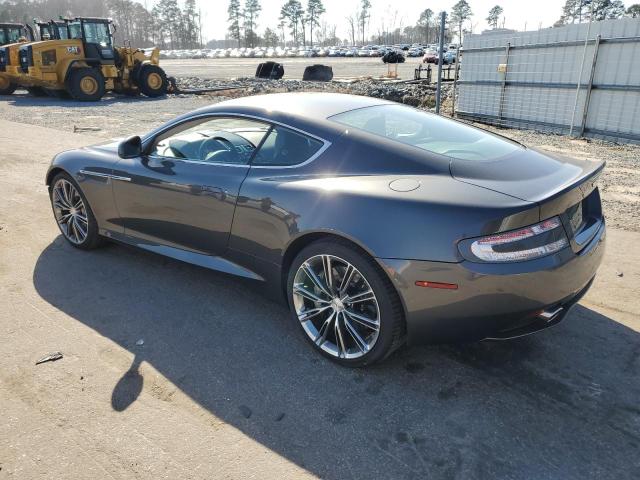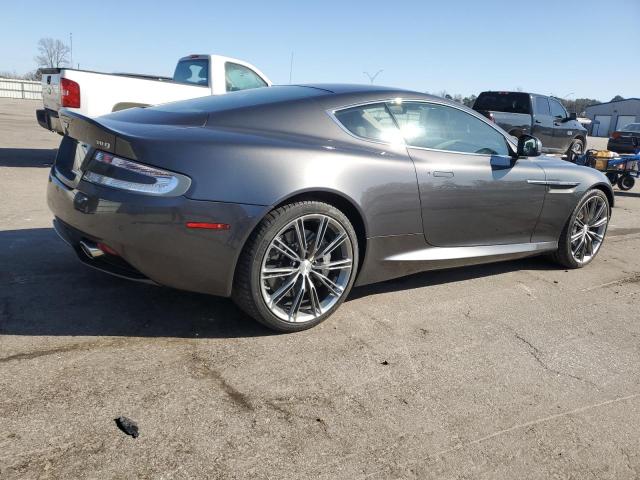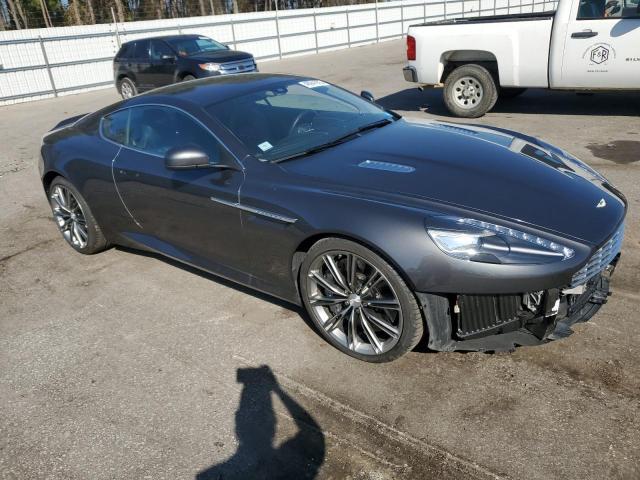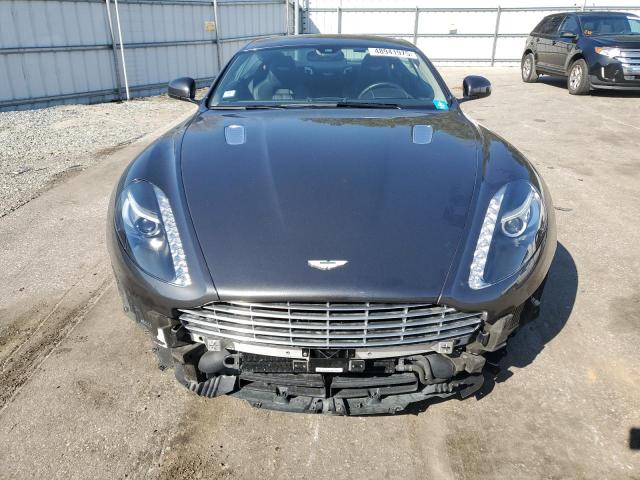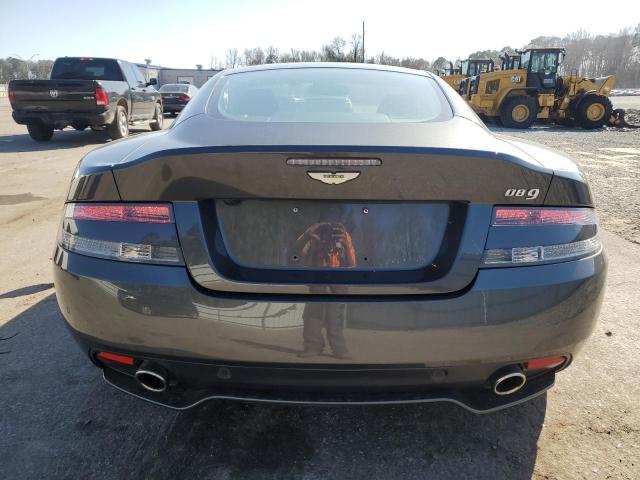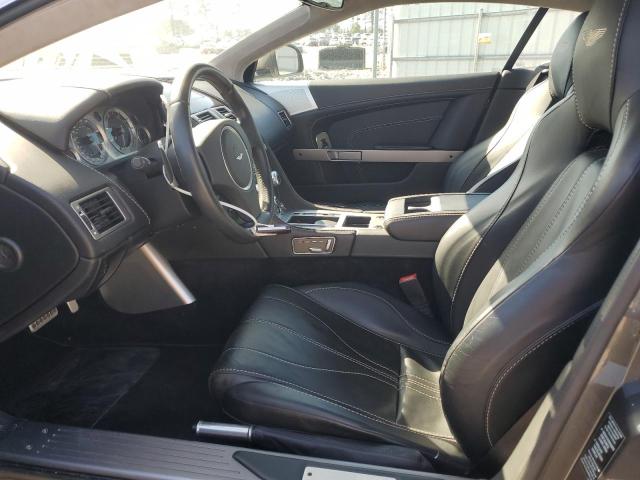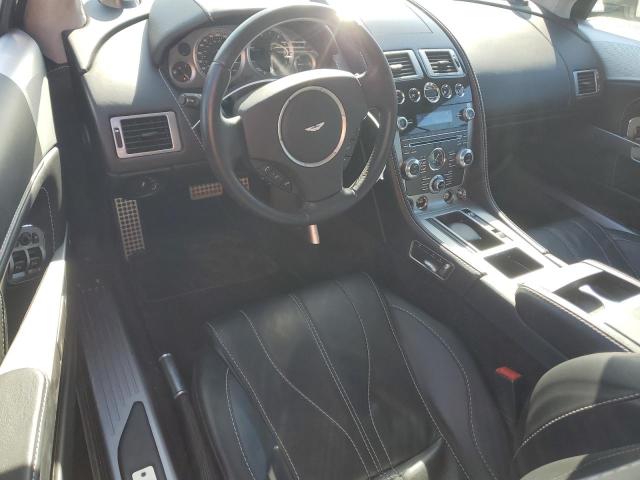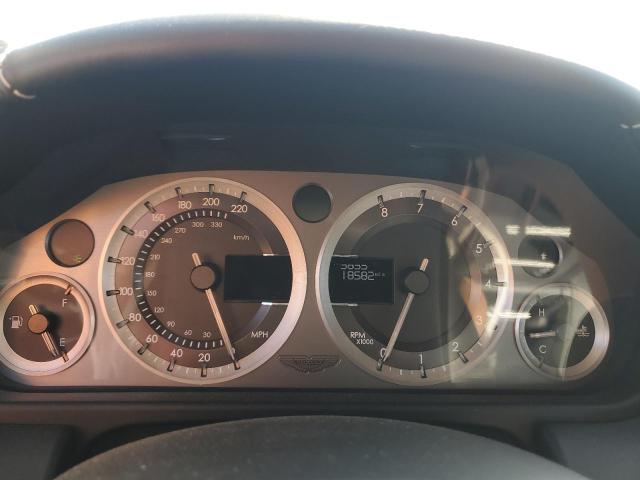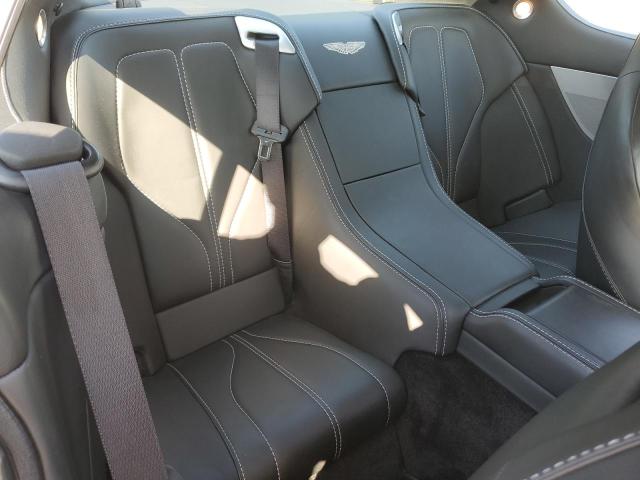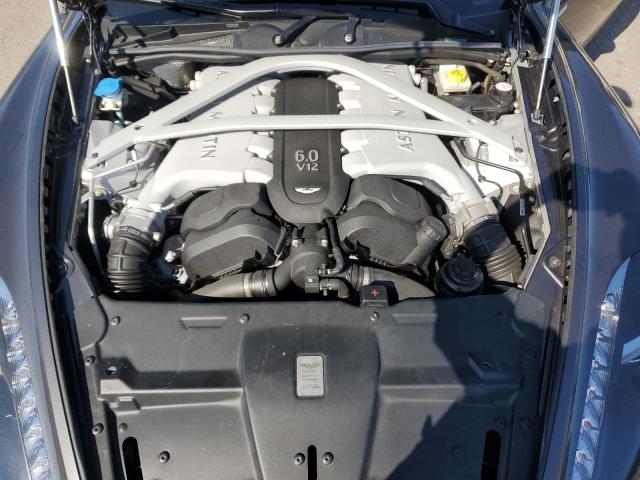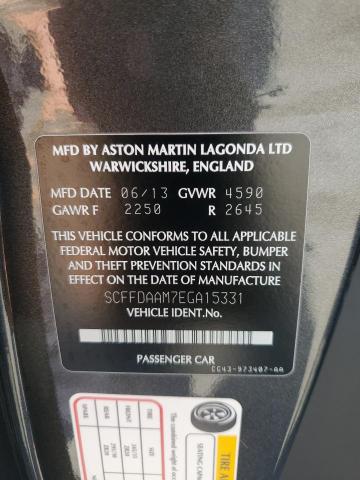2014 ASTON MARTIN DB9 | SCFFDAAM7EGA15331
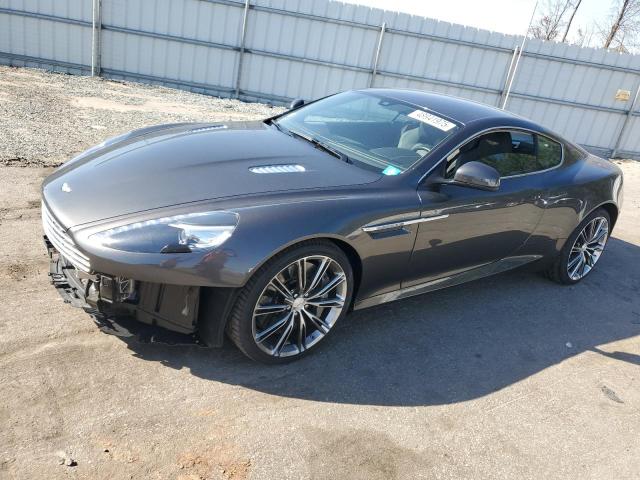 ❯
❯
Specifications
1
~$203,000
Engine: 5.9L AM11 V12, naturally aspirated
Torque: 620 Nm
0–100 km/h: ~4.5 s
The Aston Martin DB9 defined the brand’s modern identity when it debuted in 2004. Built on the new VH (Vertical/Horizontal) platform and powered by a 5.9-liter naturally aspirated V12, the DB9 blended timeless elegance with potent performance. While early models delivered 450 hp, the final evolution—the DB9 GT—boosted output to 547 hp and 457 lb-ft of torque, pushing 0–60 mph down to 4.4 seconds and giving it genuine sports car pace.
Chassis development was gradual but effective. As the years progressed, the DB9 gained sharper steering, revised suspension geometry, improved brakes, and lighter materials—culminating in the GT with enhanced damping, throttle response, and handling refinement. It never pretended to be a track-focused machine like the Vantage or DBS, but instead embodied the grand tourer ethos with fluid dynamics, long-legged comfort, and intoxicating V12 sound.
Visually, the DB9 changed little across its lifespan—and that was its genius. The long hood, short rear deck, and flowing roofline were iconic from the start. Subtle updates like clear tail lights, forged wheels, and GT-specific detailing gave later models fresh identity without breaking the silhouette. Inside, the cabin evolved from minimal analog luxury to a more tech-forward space—still wrapped in hand-stitched leather, aluminum, and carbon. It was the Aston that did everything beautifully, and with the DB9 GT, it went out at the top of its game.
Body Styles
Coupe & Volante
Model Name Meaning (Manufacturer)
The “DB” stands for David Brown, the iconic Aston Martin owner whose legacy still defines the brand. The DB9 was named to follow the DB7 — skipping “DB8” to avoid confusion with V8-powered models and to highlight the step change in architecture and performance. It was the first to use Aston’s new VH platform, underpinning nearly every model for over a decade.
Body & Interior Colors and Rims
The DB9 was offered in rich metallic hues like Tungsten Silver, Meteorite Silver, Merlot Red, Midnight Blue, and Onyx Black. Volante models often featured contrasting roofs in black, blue, or tan.
Interior finishes included Bridge of Weir leather in colors like Sahara Tan, Obsidian Black, Chancellor Red, and Cream Truffle — often with contrast stitching or duo-tone combinations. Dashboard trims included piano black, walnut, mahogany, or carbon fiber. Optional embroidery, ventilated seats, and bespoke stitching were available through Q by Aston Martin.
Wheel choices ranged from 19” multi-spoke alloys to optional 20” forged designs in diamond-turned or graphite finishes. Carbon ceramic brakes became optional post-2012.
Top Expensive Options
- Bang & Olufsen BeoSound Audio (1000W) – $7,000
- Carbon Fiber Exterior Pack (mirrors, rear diffuser, front splitter) – $6,500
- Custom Q Paint or Bespoke Interior Color Splits – $6,000–$12,000
- Carbon Ceramic Brake System (2013+ models) – $10,000
- Sport Seat Upgrade with Memory and Ventilation – $2,200
- Personalized Tread Plates and Headrest Embroidery – $1,000+
- Touchtronic 2 Transmission Upgrade (faster shifts) – standard post-2013
- 20" Lightweight Forged Alloys (GT only) – $3,500
- Glass ECU Key (Emotion Control Unit) – $2,400
- Adaptive Damping Suspension with GT Tuning (GT version) – standard
vs Competitors
The DB9 competed with the Bentley Continental GT, Jaguar XKR, Ferrari California, and Maserati GranTurismo. While not always the quickest, it was universally praised for its timeless styling, grand touring refinement, and exquisite cabin craftsmanship. The naturally aspirated V12 and rear-drive layout gave it the purity of a classic GT, while later models improved ride, steering, and tech to keep pace with rivals.
Fun Fact
The DB9 was the first car built at Aston Martin’s Gaydon headquarters, marking the brand’s transition into a modern manufacturing era. Over its 12-year production run, more than 16,500 DB9s were built, making it one of Aston’s most successful models ever and the basis for future legends like the DBS and Virage.
Lot Details
Final Bid Aston Martin DB9 (2014)
$23,000
$32,563
$41,500
Specifications
1
~$203,000
Torque:
0–100 km/h:
The Aston Martin DB9 defined the brand’s modern identity when it debuted in 2004. Built on the new VH (Vertical/Horizontal) platform and powered by a 5.9-liter naturally aspirated V12, the DB9 blended timeless elegance with potent performance. While early models delivered 450 hp, the final evolution—the DB9 GT—boosted output to 547 hp and 457 lb-ft of torque, pushing 0–60 mph down to 4.4 seconds and giving it genuine sports car pace.
Chassis development was gradual but effective. As the years progressed, the DB9 gained sharper steering, revised suspension geometry, improved brakes, and lighter materials—culminating in the GT with enhanced damping, throttle response, and handling refinement. It never pretended to be a track-focused machine like the Vantage or DBS, but instead embodied the grand tourer ethos with fluid dynamics, long-legged comfort, and intoxicating V12 sound.
Visually, the DB9 changed little across its lifespan—and that was its genius. The long hood, short rear deck, and flowing roofline were iconic from the start. Subtle updates like clear tail lights, forged wheels, and GT-specific detailing gave later models fresh identity without breaking the silhouette. Inside, the cabin evolved from minimal analog luxury to a more tech-forward space—still wrapped in hand-stitched leather, aluminum, and carbon. It was the Aston that did everything beautifully, and with the DB9 GT, it went out at the top of its game.
Body Styles
Coupe & Volante
Model Name Meaning (Manufacturer)
The “DB” stands for David Brown, the iconic Aston Martin owner whose legacy still defines the brand. The DB9 was named to follow the DB7 — skipping “DB8” to avoid confusion with V8-powered models and to highlight the step change in architecture and performance. It was the first to use Aston’s new VH platform, underpinning nearly every model for over a decade.
Body & Interior Colors and Rims
The DB9 was offered in rich metallic hues like Tungsten Silver, Meteorite Silver, Merlot Red, Midnight Blue, and Onyx Black. Volante models often featured contrasting roofs in black, blue, or tan.
Interior finishes included Bridge of Weir leather in colors like Sahara Tan, Obsidian Black, Chancellor Red, and Cream Truffle — often with contrast stitching or duo-tone combinations. Dashboard trims included piano black, walnut, mahogany, or carbon fiber. Optional embroidery, ventilated seats, and bespoke stitching were available through Q by Aston Martin.
Wheel choices ranged from 19” multi-spoke alloys to optional 20” forged designs in diamond-turned or graphite finishes. Carbon ceramic brakes became optional post-2012.
Top Expensive Options
- Bang & Olufsen BeoSound Audio (1000W) – $7,000
- Carbon Fiber Exterior Pack (mirrors, rear diffuser, front splitter) – $6,500
- Custom Q Paint or Bespoke Interior Color Splits – $6,000–$12,000
- Carbon Ceramic Brake System (2013+ models) – $10,000
- Sport Seat Upgrade with Memory and Ventilation – $2,200
- Personalized Tread Plates and Headrest Embroidery – $1,000+
- Touchtronic 2 Transmission Upgrade (faster shifts) – standard post-2013
- 20" Lightweight Forged Alloys (GT only) – $3,500
- Glass ECU Key (Emotion Control Unit) – $2,400
- Adaptive Damping Suspension with GT Tuning (GT version) – standard
vs Competitors
The DB9 competed with the Bentley Continental GT, Jaguar XKR, Ferrari California, and Maserati GranTurismo. While not always the quickest, it was universally praised for its timeless styling, grand touring refinement, and exquisite cabin craftsmanship. The naturally aspirated V12 and rear-drive layout gave it the purity of a classic GT, while later models improved ride, steering, and tech to keep pace with rivals.
Fun Fact
The DB9 was the first car built at Aston Martin’s Gaydon headquarters, marking the brand’s transition into a modern manufacturing era. Over its 12-year production run, more than 16,500 DB9s were built, making it one of Aston’s most successful models ever and the basis for future legends like the DBS and Virage.

